Ninety years ago this week, the acting chief of the Munich Police Department held a press conference. The new man had been busy. On assuming office a few days earlier, the chief had tried to get to grips with what he saw as acute political unrest in the city by authorising a wave of mass arrests. The primary targets were leading figures in the Communist Party and paramilitary groups made up of trade unionists, liberals, and social democrats. According to the chief, it was no longer possible to guarantee the security of such people, and so scores of them were unceremoniously taken into so-called ‘protective custody’.
However, a new problem had emerged. The round-ups were performed with such zeal that the city’s prison cells were now bursting at their seams. A radical solution was required. The answer, the chief told the press that Monday, lay on the grounds of an old munitions factory in a town 12 miles north of the Munich. Here, in a place called Dachau, was soon to open a camp where individuals “who threaten the security of the State” could be concentrated. Two days later, on Wednesday 22 March 1933, around 200 prisoners arrived to a watching crowd. Nazi Germany’s first concentration camp had officially opened. The police chief had reason to be pleased: Dachau would become a springboard for the expansion in power and influence of a paramilitary group that he led, named the SS. In the process, his name – Heinrich Himmler – would become a crimson stain on the annals of history.
Today, Dachau has become what Christopher Dillon calls ‘a linguistic shorthand for the nameless horrors waiting beyond barbed wire throughout the Third Reich’. Alongside other terms and phrases like ‘the camps’, ‘gas chambers’ and ‘the Nazis’, places like Dachau and Auschwitz have entered everyday language and acquired cultural potency. This reflects how as a society we have come to believe the historical period these words come from has meaning, significance and relevance for us today.
But familiarity with these terms, does not necessarily equate to widespread understanding of the history that they come from and refer to. Two years ago, a study of Holocaust knowledge and awareness in the UK found ‘a surprising lack of awareness of key historical Holocaust facts’. This data followed a national study by the UCL Centre for Holocaust Education of 10,000 11-18 year olds in 2016, which revealed many young people as having gaps in their basic historical knowledge of the Holocaust and troubling misconceptions about the Nazi past. For instance, as well as superficial understandings about the experiences of groups targeted by the Nazis, young people were also found to have erroneous ideas about who the Nazis were and who was responsible for the Holocaust. Meanwhile, although ‘concentration camps’ were prominent in students’ thinking, they had partial and incomplete understandings of the camp system, differences between camps, and the existence of camps beyond just Auschwitz.
After a generation of Holocaust education in this country, with events like Holocaust Memorial Day in our national calendar for over 20 years, how can this be? Part of the answer lies in how the Holocaust has traditionally been taught in schools. Another factor is that pressures on teachers have impacted approaches to teaching and learning. A third reason is that the condition of our collective knowledge and understanding of the Holocaust and the Nazi period reflects how we are choosing to remember the Holocaust, in schools, in public education spaces, and in wider society.
All of this matters partly because, in the historian Dan Stone’s phrase, the Holocaust is an ‘unfinished history’ and our memories of it bear scant resemblance to historical reality. Dachau is a case in point here; how many people are likely to know, for example, that the camp came into existence because of the regime’s brutal repression of political opposition? Or that those early inmates initially found themselves not in the camp of our imagination, but in a largely run-down site guarded by policemen? To be sure this soon changed, and the evolution of Dachau into an instrument of systematic terror is emblematic of the development of the concentration camp more broadly. As Nikolaus Wachsmann has shown, between 1933-1945 around 2.3 million people were at some point incarcerated in the concentration camp system, with some 1.7 million losing their lives.
Knowing the details of this history of violent persecution and how it relates with the policies of mass murder during the Second World War is important. It is vital for the past and for those people in that past; morally and ethically, we need their actions and experiences accurately represented. It is equally important for us in the present; we need to be able to talk and debate in a way which is informed by the perspectives that history can offer.
Only by teaching the next generation about the horrors of what unfolded 90 years ago can young people acquire insights from the past – and help ensure that, when we say ‘never again’, we really do understand what we are committing ourselves to.
Got something to add? Join the discussion and comment below.
Get 10 issues for just $10
Subscribe to The Spectator Australia today for the next 10 magazine issues, plus full online access, for just $10.

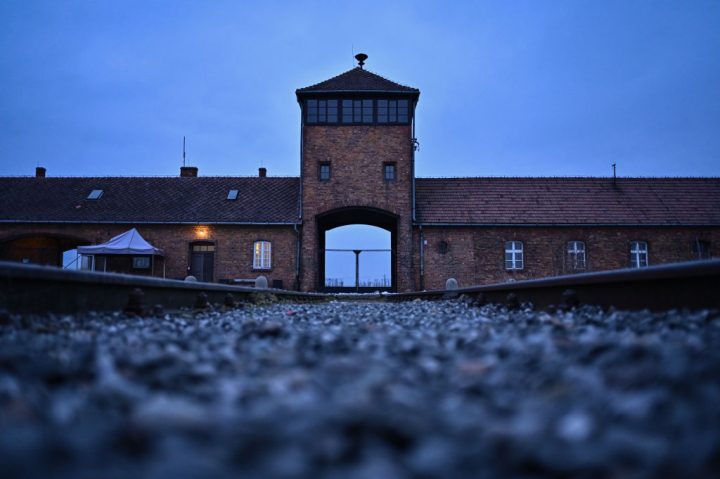
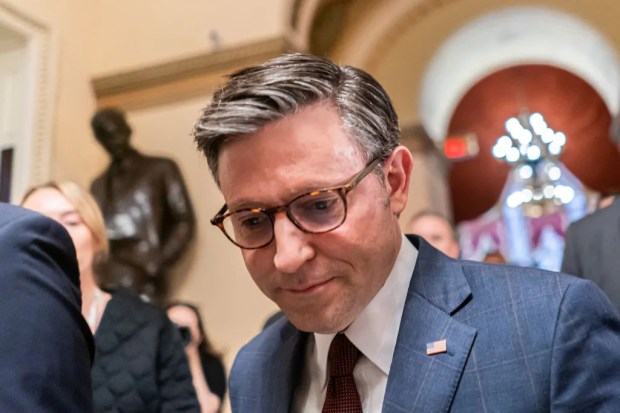

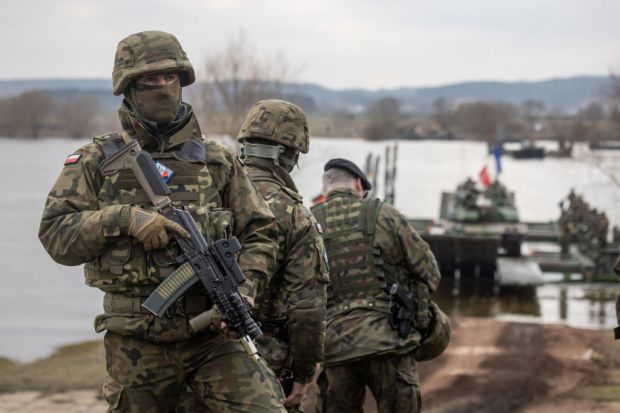
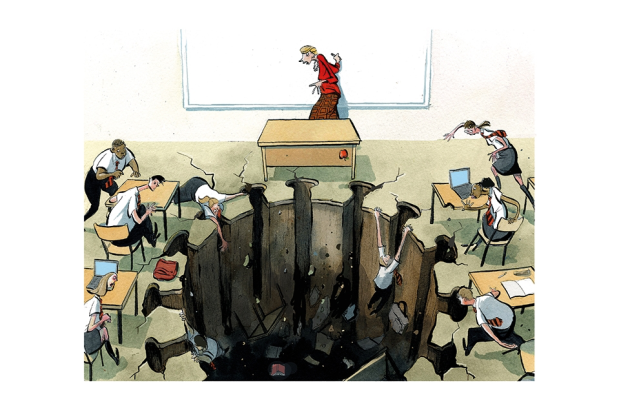
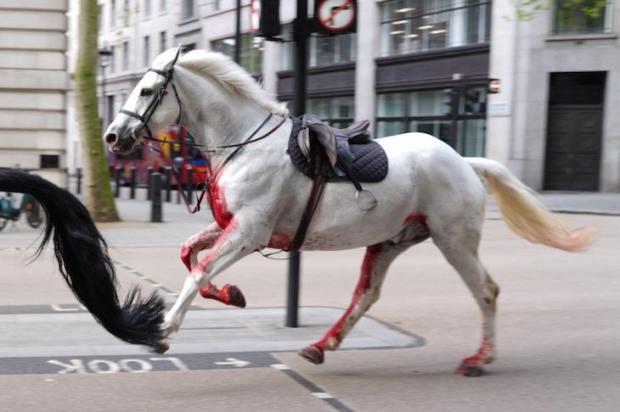
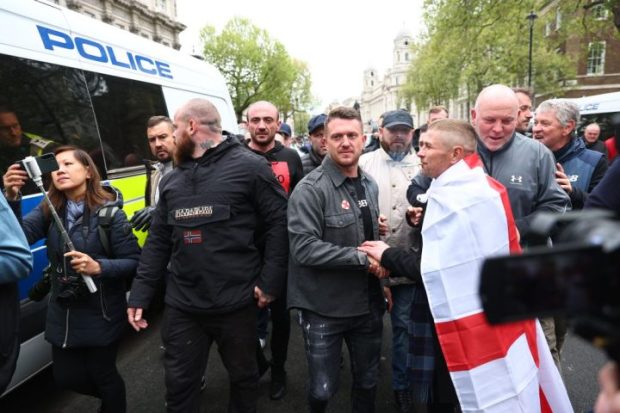
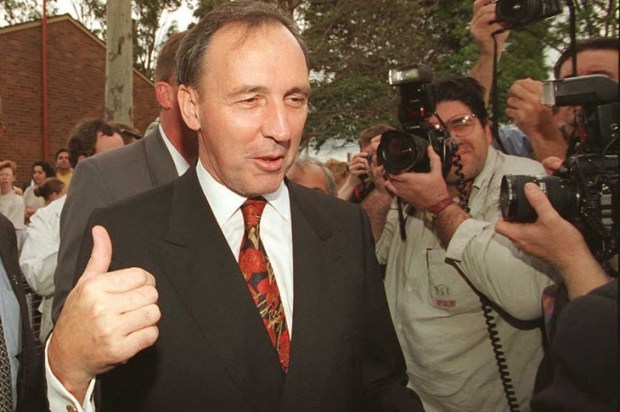
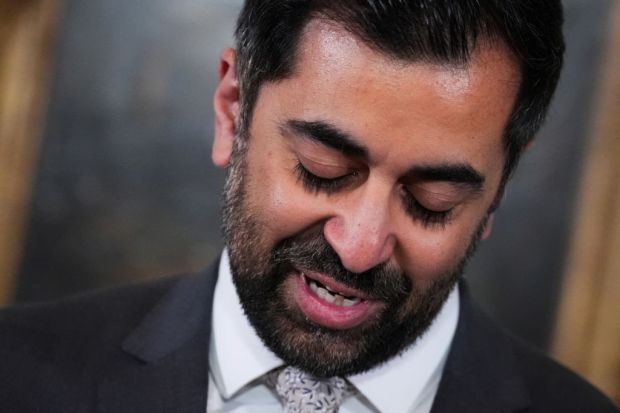
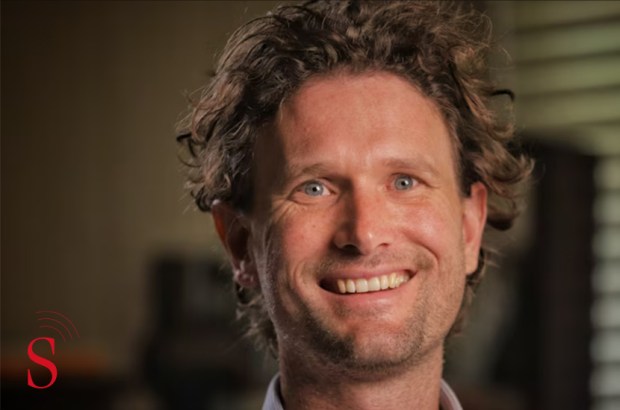
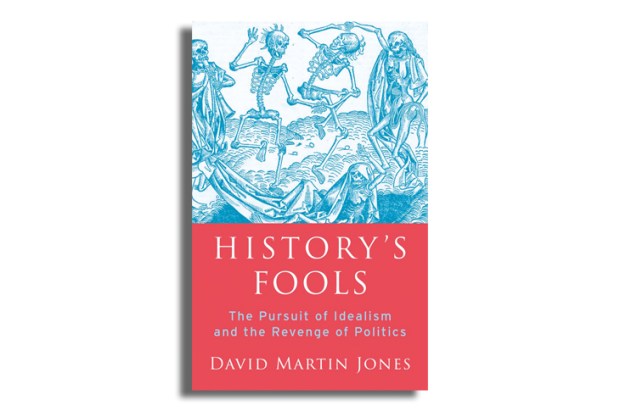

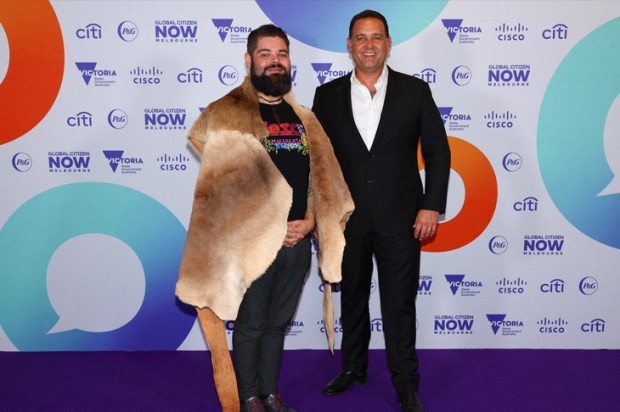
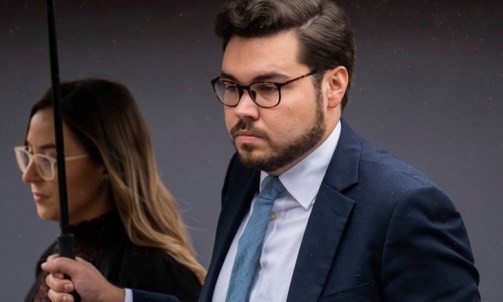


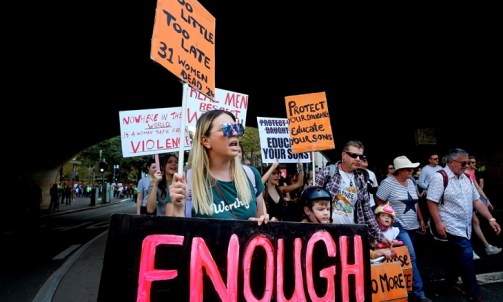
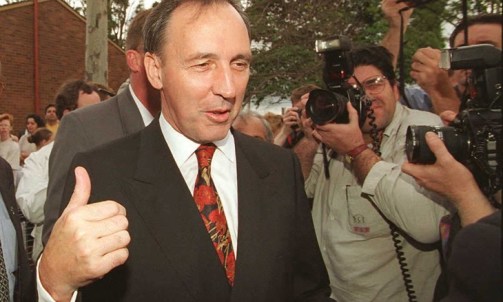
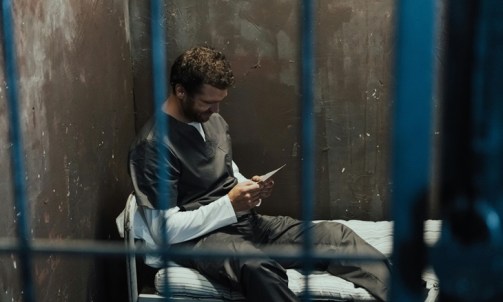
Comments
Don't miss out
Join the conversation with other Spectator Australia readers. Subscribe to leave a comment.
SUBSCRIBEAlready a subscriber? Log in